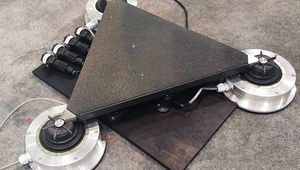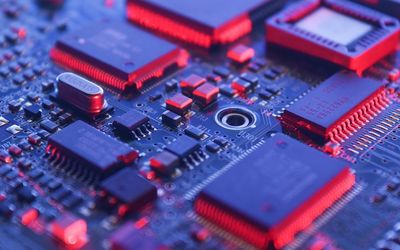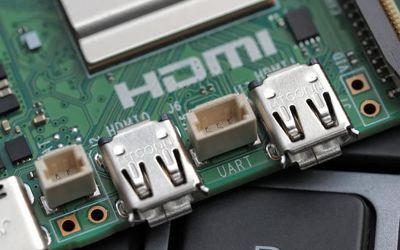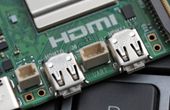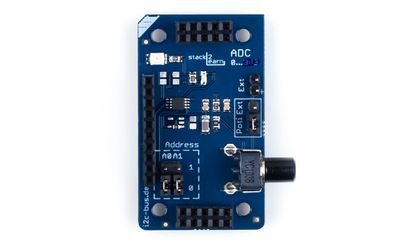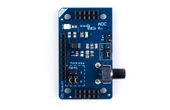Microchip Technology PIC32CK SG Curiosity Ultra Development Board
Development board for rapid prototyping of PIC32CK SG-based embedded systems.
Technical Specifications
| Product Type | Development Board |
| Memory | 2MB Flash, 512 KB SRAM |
| Onboard modules | Motor Control Interface, Temperature Sensor |
| Interface Type | USB |
| Databus | 32 bit |
| Applications | Industrial Gateways, Graphics, Automotive |
| On-board debugger | PKoB4 |
| Communication | SPI, I2C, Ethernet, CAN FD, HS USB, I2S |
Overview
Microchip Technology PIC32CK SG Curiosity Ultra Development Board provides a development platform for rapidly prototyping embedded systems based on the PIC32CK SG microcontrollers. The board features an integrated Hardware Security Module (HSM) and TrustZone. The board provides various connectivity options including Ethernet and other serial communication protocols.
Moreover, it offers expanded functionality with Arduino UNO R3 and Mikroe mikroBUS compatibility and provides support for Xplained Pro-compatible expansion boards. It also provides cryptographic hardware acceleration, key storage, Secure Boot, Secure TLS, and various other encryption and decryption tools for seamless development of systems for industrial gateways, graphics, and automotive applications.
Robust Hardware Tools For Accelerated Development
The PIC32CK SG Curiosity Ultra Development Board combines a set of high-performance hardware modules for fast and seamless development and prototyping applications. It features the X32 audio connectivity feature through an audio connection allowing the chip to interface with the two audio modules on the board:
SSC Interface (main audio interface)
I2S Interface
The audio interface features a 32-pin connector that supports DACs, audio codecs, and Bluetooth®-enabled radios. Moreover, there are additional control and data lines to support the two interfaces.
For accelerated graphics, the PIC32CK-SG development board features a GFX card interface to support modular graphics. It supports multiple graphic cards and offers expandability for various use cases. Moreover, support for resistive touchscreens eliminates the need for an external controller.
The board supports a robust power management system. It works on a 5V power supply via a USB connector and provides a separate 2x2 header to connect external 5V or 3.3V power supplies. The board also facilitates various communication protocols including SPI, I2C, UART, analog, PWM, and interrupt lines to ensure flawless communication with a wide range of sensors, actuators, and external devices.
Other on-board devices include:
2 user LEDs
2 user buttons
On-board temperature sensor
mikroBUS Socket
High-Speed USB Type-C
Motor Control Interface
PICKit On-Board 4 In-circuit Debugger
The PIC32CK-SG Curiosity Ultra Development board provides the signature PICKit On-Board 4 (PKoB4) in-circuit debugger, which eliminates the need for an external debugger. It’s much faster than the previous debuggers as it uses the high-speed 2.0 USB interface. Moreover, the same USB interface can be used to power the development board.
PKoB4 supports various operating systems like Microsoft Windows 7 and later, Linux, and macOS. As an onboard debugger, it reduces hardware setup time and resource requirements, accelerating the development process.
Arduino Uno R3 Interface and Xplained Pro Extension Header
The development board also provides expansion features, allowing developers to integrate Arduino UNO R3-compatible shields via a dedicated expansion header. Hence, it also allows developers to connect other Arduino shields, supporting peripheral integration such as ADS, SPI, UART, PWM, and I2C-based modules.
It also features the Xplained Pro Standard Extension Header, a 30-pin dual-row of 90-degree extension headers that allows developers to connect a wide range of Xplained Pro-compatible extension boards directly to the MCU.
Where to find it

Mouser Electronics
Mouser Electronics is a worldwide leading authorized distributor of semiconductors and electronic components.


